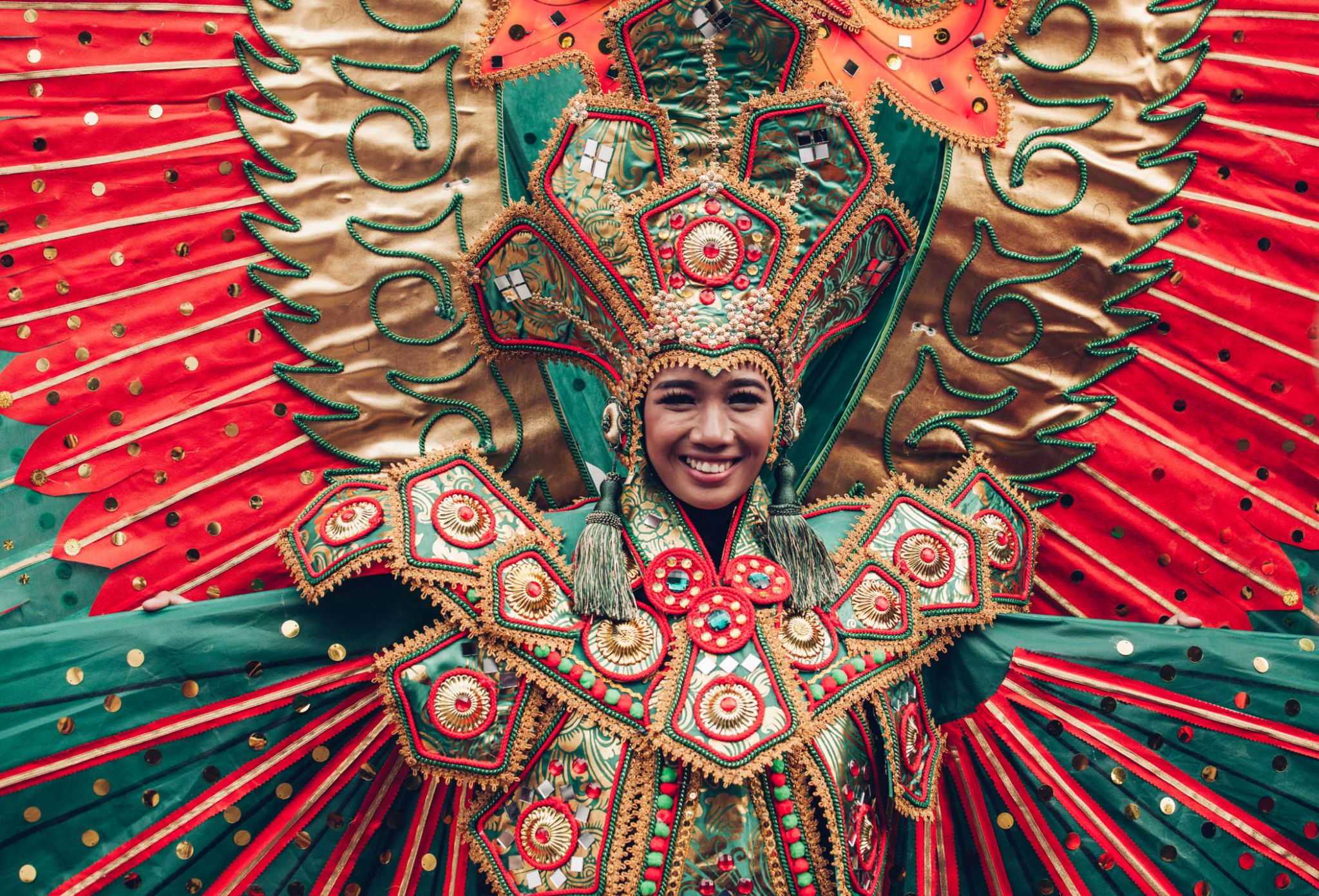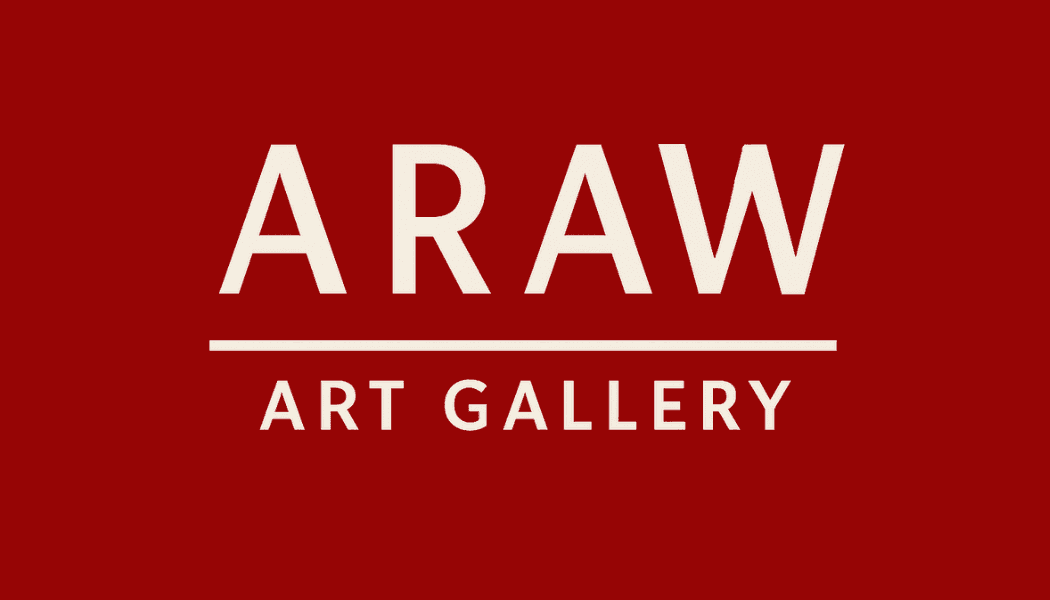Exploring the Vibrant Art Scene in the Philippines
A Rich Tapestry of Cultural Heritage
The Philippines boasts a vibrant art scene that is deeply rooted in its rich cultural heritage. This Southeast Asian archipelago is home to a diverse array of artistic expressions, ranging from traditional crafts to contemporary installations. The country's art scene is a testament to the fusion of indigenous influences and colonial legacies, offering a unique perspective that captivates both locals and visitors alike.
One cannot explore Filipino art without acknowledging the profound impact of its indigenous communities. The intricate patterns of the T'boli's T'nalak weavings and the bold colors of the Ifugao's woodcarvings are just a few examples of how tradition continues to inspire modern Filipino artists. These cultural treasures are not only preserved in museums but are also celebrated in various festivals and exhibitions across the country.

Urban Art and Street Culture
As urbanization continues to shape the Philippines, street art has emerged as a powerful medium for expression. Cities like Manila and Cebu are now canvases for vibrant murals that depict the country's socio-political narratives. The rise of graffiti and street art festivals has transformed urban landscapes into open-air galleries, providing a platform for young artists to showcase their talents.
Street art goes beyond mere aesthetics; it often tackles pressing issues such as poverty, inequality, and environmental concerns. This form of art serves as a voice for the marginalized and ignites conversations among communities. Walking through the bustling streets adorned with colorful artworks is a testament to the resilience and creativity of the Filipino spirit.

Contemporary Art: A Global Influence
The contemporary art scene in the Philippines is gaining international recognition, with Filipino artists making their mark on the global stage. Galleries in Manila and other major cities are at the forefront of this movement, showcasing innovative works that challenge traditional boundaries. Artists like Ronald Ventura and Marina Cruz are just a few names that have garnered attention for their thought-provoking pieces.
Contemporary Filipino artists often draw inspiration from their surroundings, creating works that reflect the dynamic and ever-changing landscape of the Philippines. From abstract paintings to digital installations, these artists are redefining what it means to be Filipino in the modern world. Their contributions not only enrich the local art scene but also foster cross-cultural dialogues through international exhibitions.

The Role of Art Institutions and Education
Art institutions and educational programs play a crucial role in nurturing the next generation of Filipino artists. The Cultural Center of the Philippines (CCP) and Ayala Museum are pivotal in promoting both traditional and contemporary art forms. These institutions offer workshops, residencies, and exhibitions that encourage artistic growth and innovation.
Moreover, universities across the country have integrated art education into their curricula, providing students with opportunities to explore various mediums and styles. This emphasis on art education ensures that Filipino culture continues to thrive in a rapidly globalizing world.

Art Festivals: Celebrating Creativity
The Philippines is known for its vibrant festivals, and art festivals are no exception. Events such as Art Fair Philippines and ManilArt bring together artists, collectors, and enthusiasts from all over the world. These festivals not only highlight contemporary works but also celebrate traditional crafts, providing a platform for artists to connect with a wider audience.
During these festivals, visitors can immerse themselves in a diverse range of artworks, participate in workshops, and engage with artists through talks and panel discussions. These events foster a sense of community among art lovers and contribute significantly to the thriving art scene in the country.

The Future of Art in the Philippines
As the Philippines continues to evolve, so does its art scene. The future looks promising as more opportunities arise for Filipino artists to showcase their talents both locally and internationally. With increased support from government bodies and private organizations, the country's art landscape is poised for further growth and innovation.
In conclusion, exploring the vibrant art scene in the Philippines offers a glimpse into the country's soul—a blend of history, tradition, and modernity. Whether you're an art enthusiast or a curious traveler, there's no shortage of inspiration to be found in this archipelago's rich tapestry of creativity.
